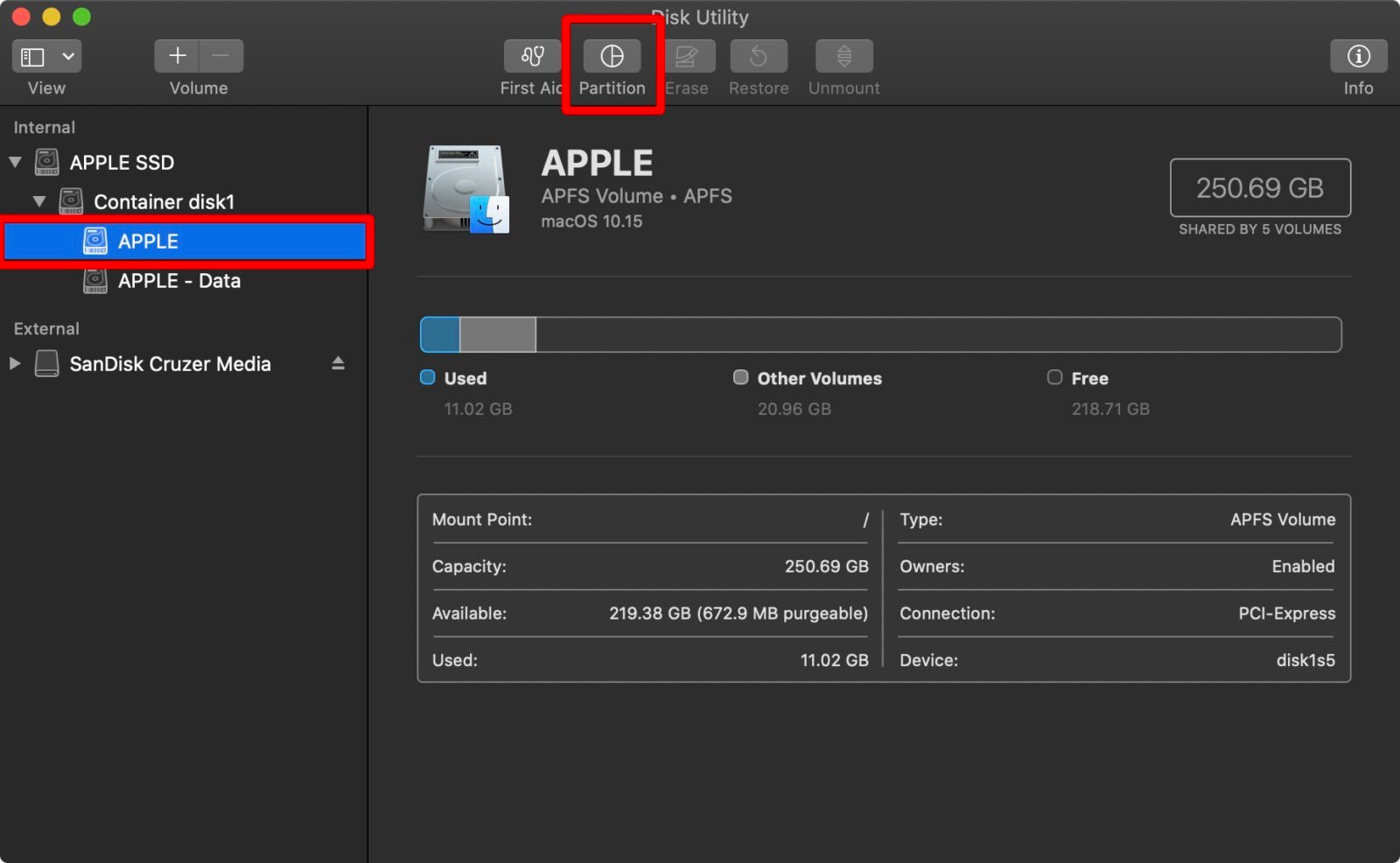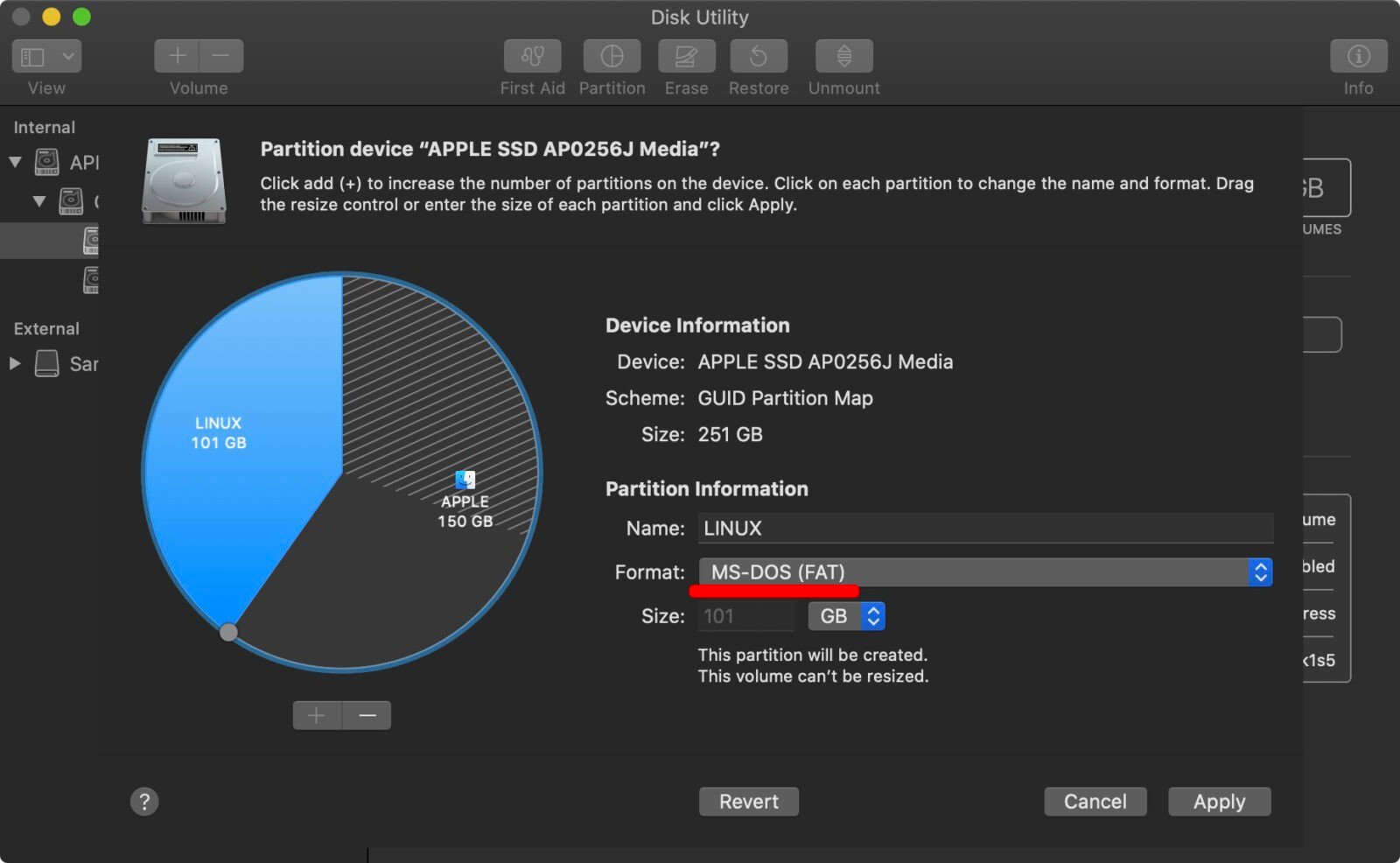

- Put linux on a mac how to#
- Put linux on a mac mac os x#
- Put linux on a mac mac os#
- Put linux on a mac install#

Once done, issue the command "./make_single_eltorito" (No quote marks.) Issue the command "cc -g -Wall -o make_single_eltorito make_single_eltorito.c" (No quote marks) Some distros will allow you to open a root console from within the open window that has your folder showing the iso and the. Right click the copied distro file and go down to "Properties".Įdit the file make_single_eltorito.c, highlight insert-your-linux.iso name here, right click, paste. c script file, create a text file, paste, save as 'make_single_eltorito.c' (No quote marks) On a Linux box (because it's probably easiest) make sure that 'makefs' is installed (say in the Synaptic Manager, or the software manager of your distro)ĭownload your favourite amd64 linux distro.Ĭreate a folder, say in your Home -> Desktop directory.ĬOPY the downloaded distro to this folder.Ĭopy the.
Put linux on a mac mac os#
If you installed Linux as the only operating system and replaced Mac OS X, you’ll need to reinstall OS X on your Mac if you want to leave Linux behind.Building a CustoMac Hackintosh: Buyer's Guide
Put linux on a mac mac os x#
After the partitions are deleted, you can enlarge your Mac OS X partition afterwards from the Disk Utility in OS X to reclaim the space used for Linux. You can also boot from your Linux USB media and use the GParted partition manager to remove these partitions. Boot into OS X, open the Disk Utility, and delete your Linux partitions. If you decide you no longer want to dual boot Linux on your Mac, you can remove Linux fairly easily.
Put linux on a mac how to#
RELATED: How to Wipe Your Mac and Reinstall macOS from Scratch Other users have probably dealt with the same problems before you, and they’ve probably written guides to making everything work. If something doesn’t work, you may have to perform some Google searches with the model and year of your Mac as well as the name and version of the Linux distribution you’re using. This depends on the version of Linux you use, how recent it is, and what Mac hardware you’re using. Whenever you boot your computer, you’ll have the ability to choose between Mac OS X and Linux on the rEFInd boot manager screen.ĭepending on your Mac, some hardware components may not work perfectly on Linux. The installation process should otherwise be normal. Be sure to select the “Install Ubuntu alongside Mac OS X” option instead of overwriting your Mac OS X system with Ubuntu.
Put linux on a mac install#
On Ubuntu, launch the Install Ubuntu application from the desktop and install Ubuntu as you normally would. Launch your Linux distribution’s installer and go through the installation process. Select the USB or disc drive containing the Linux system and boot it on your Mac. Restart your computer and rEFInd will appear.

Burn the ISO to disc or follow Ubuntu’s official instructions to create a bootable USB drive from the ISO file. For example, if you’re using Ubuntu, you’ll need to download an Ubuntu ISO file - download the “64-bit Mac” version. You’ll need Linux installation media to continue. Drag and drop the handle on the partition volume or enter a final size for the partition and click Partition to partition it.ĭon’t create a new partition after shrinking your current partition - just leave the space empty for now.

Ubuntu’s system requirements say it requires at least 5 GB of space, but something like 20 GB is much more reasonable. How much space you want for Linux is up to you. Shrink the current Mac OS X partition to make space for your Linux system. RELATED: Beginner Geek: Hard Disk Partitions Explained Select your Mac’s hard drive in the list on the left and select Partition on the right. From within Mac OS X, press Command + Space, type Disk Utility, and press Enter to open the Disk Utility. You’ll now need to resize your Mac OS X system partition to make room for your Linux distribution of choice. You should see the rEFInd boot manager screen. Shut down your Mac - a full shut down, not a restart - and boot it back up again.


 0 kommentar(er)
0 kommentar(er)
